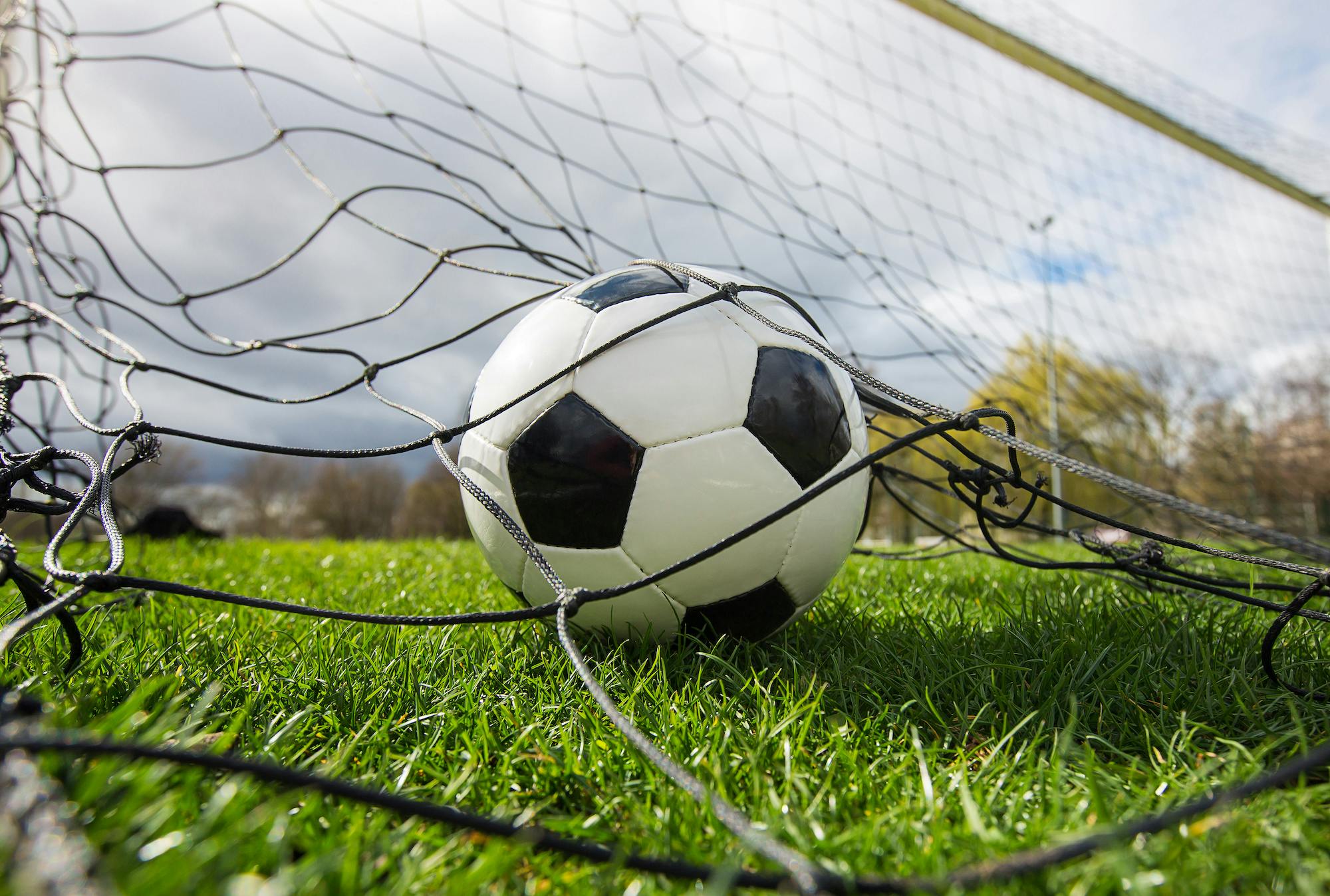- Blog
Returning to Fall Sports
Posted on 04-16-2025 in Hand, Elbow & Wrist by Dr. Steven Kronlage

Posted on 04-16-2025 in Hand, Elbow & Wrist by Dr. Steven Kronlage
Were you motivated to return to participating in sports activities by the “trickle-down effect” of watching the Olympic games? Watching elite athletes participate in traditional events like running or swimming inspires many to get back on the track or in the pool. This year, the Tokyo games also featured five new sports: baseball/softball, karate, skateboarding, sports climbing, and surfing. Perhaps watching one of the 18 new events featuring 474 new athletes encouraged you to take your old skateboard for a spin around the block or drop your board in the water and paddle out.
In addition to the Olympics, fall sports like soccer and football are underway here in Northwest Florida and across the country. Whether you are participating in a recreational league or your child is resuming play on an extracurricular high school team, it is crucial to recognize that soft-tissue injuries often go hand-in-hand with a quick return to sports. Typically, they are categorized as either an acute injury or an overuse injury.
Give us a call today at 850.807.4200 or schedule an appointment online.

March is National Nutrition Month®, and as part of the conversation, the North Florida Bone & Joint team wants to emphasize the impact diet can have on your bone health. Before diving in, it's essential to understand the role the skeleton plays in your body. Specifically, the skeleton—and the bones its comprised of—serve the following functions:

At North Florida Bone & Joint Specialists, we’re committed to delivering convenient, expert care throughout the Gulf Coast. As part of that commitment, we’re excited to announce the expansion of our clinical office footprint. In March, we opened two new locations in Milton and Navarre, FL, further enhancing our ability to serve patients across Northwest Florida.

Valentine’s Day is all about love—so why not show your joints some love, too? Whether you’re an athlete, an active adult, or simply looking to maintain mobility as you age, taking care of your joints is essential for long-term health and well-being. At North Florida Bone & Joint Specialists, we believe that self-care isn’t just about relaxation—it’s about making intentional choices to keep your body strong, pain-free, and resilient. Here are four self-care tips to keep your joints healthy and moving with ease: